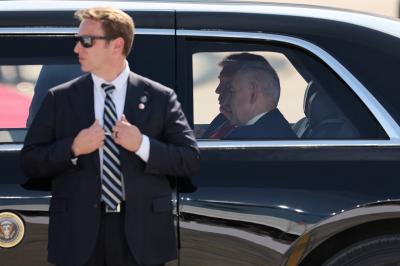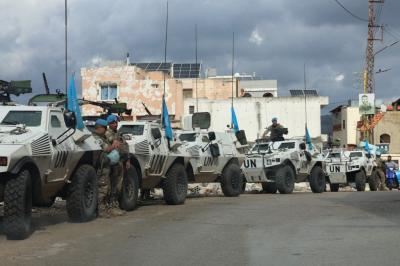As Lebanon’s leadership—presidency and government alike—presses forward with what it calls its “historic decision” to enforce exclusive state control of arms, a parliamentary subcommittee is quietly wrestling with another thorny issue: the law that will govern the next parliamentary elections, scheduled for May 2026. Some argue for postponement. Others insist on holding the vote on time. The government, through Interior Minister statements, has affirmed that elections will take place as scheduled “regardless of circumstances.”
Lebanon’s Long Saga with Electoral Laws
Lebanon’s history with election laws is long and convoluted. Since 1960, the so-called “Law of Sixty” divided the country into districts and survived until the 1989 Taif Accord, when deputies elected in 1972—those who remained alive after the civil war—approved wider constituencies under a revised provincial map.
From 1992 through 2000, each parliamentary election was held under a different law, tailored to the needs of Syrian oversight at the time. Even the 2005 elections, conducted after Syrian troops withdrew, bore the fingerprints of Damascus’s strongman Ghazi Kanaan.
The “second independence” following the Syrian withdrawal was meant to herald a new era: a state of institutions built on an electoral law that genuinely corrected representation. But the debate only deepened. Some argued that “the smaller the district, the better the representation.” Others countered with calls for “Lebanon as a single nationwide district” and even added “outside confessional restrictions”—a plea for proportional representation. The so-called “Orthodox Gathering” went further, proposing that every sect elect its own MPs—a draft law that nearly passed Parliament before stumbling at the last minute.
The Current Law Under Scrutiny
The law adopted in 2017 governed the 2018 and 2022 elections, introducing proportional representation. It is now back under review, particularly on points left unresolved: the creation of large-scale “megacenters” to facilitate voting, and the allocation of six MPs for the Lebanese diaspora. Both remain sources of political contention with no consensus in sight.
A Throwback with a Twist
Some elements of Lebanon’s old system might still serve the future. Drawing on the pre-independence era, when two broad blocs—the Constitutional Bloc led by Bechara El-Khoury and the National Bloc led by Émile Eddé—dominated elections, I suggest a model that revives that spirit. Then, blocs included candidates from different sects and regions, and whoever won governed.
Why not reintroduce this model with modern proportionality? Under such a law, parties would form two or more nationwide lists. Each list would include candidates from all sects and regions, with candidates numbered by community—for example, Maronite candidates from 1 to 34, Shiite candidates from 1 to 27, and so forth. Voters would cast ballots for one list. Seats would then be allocated proportionally: if one list earned 60 percent of the vote, it would win, say, 20 or 21 Maronite seats while the remaining 13 or 14 would go to the other list; the same would apply for Sunni, Shiite, and other communities. The result would be a Parliament that mirrors Lebanon’s sectarian composition while ensuring fairness and proportionality.
A Proposal Amid Gridlock
I am not an electoral expert. But absent a compromise in the subcommittee, Lebanon risks another last-minute scramble to patch together a law—a recurring pattern before every election. The danger is that we will once again pass an improvised bill in the eleventh hour, only to spend the next four years regretting its flaws.
Until a true civil state emerges—one that prizes competence over confessional quotas—this hybrid model could help Lebanon navigate its next electoral test without plunging deeper into division. The alternative is political paralysis, endless disputes, and another cycle of regret.
Please post your comments on:
[email protected]
 Politics
Politics







